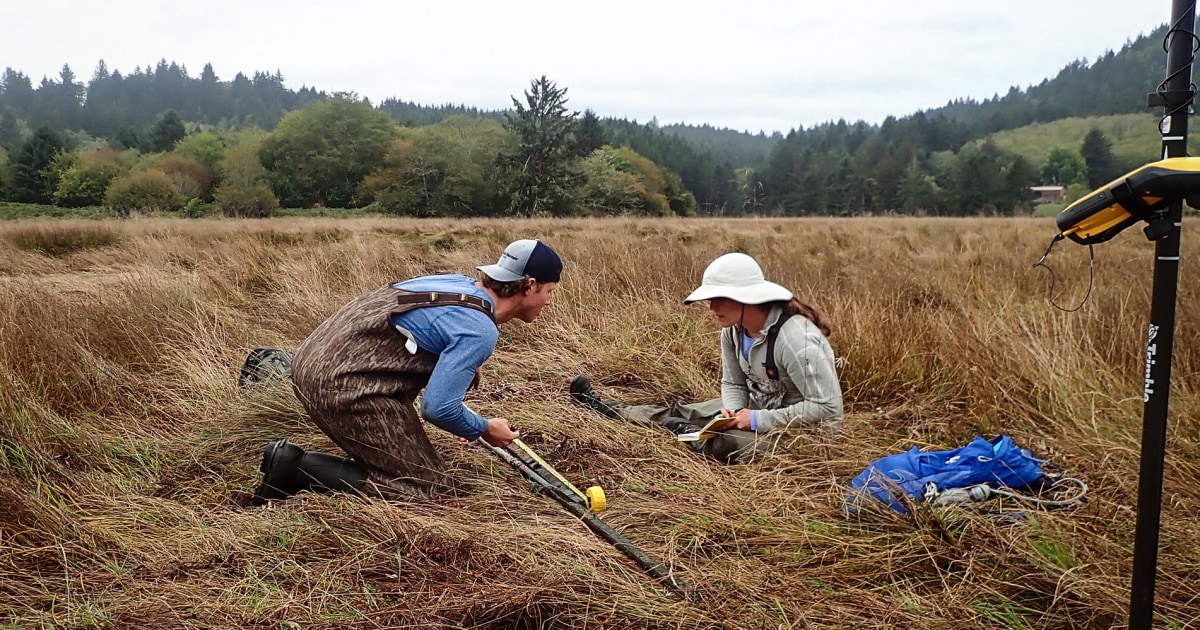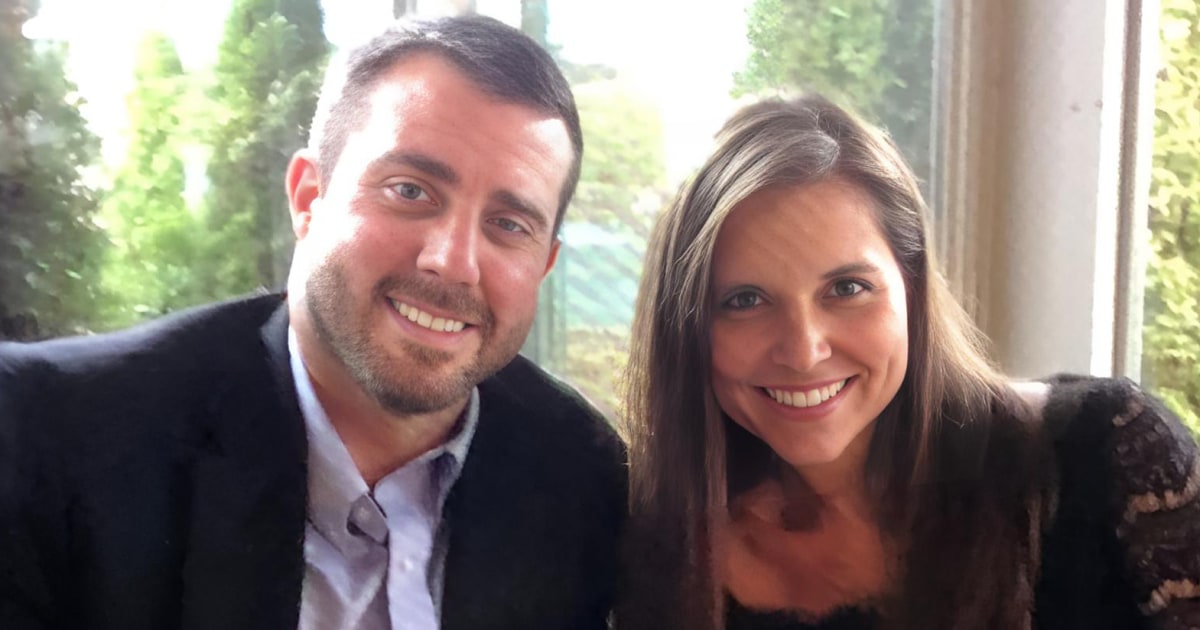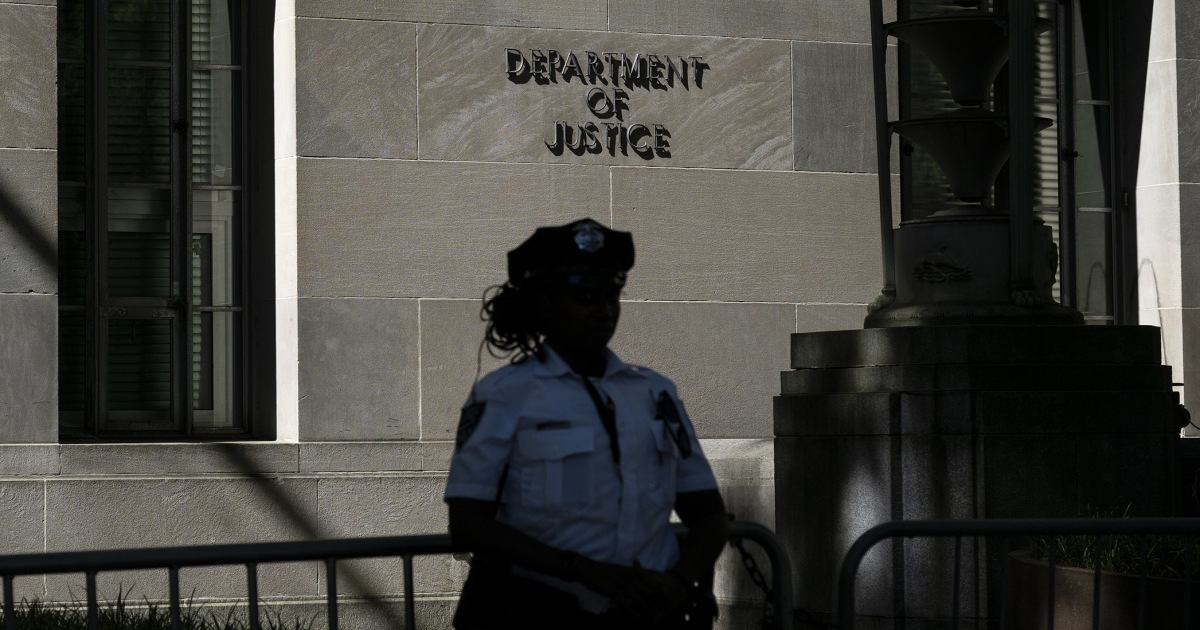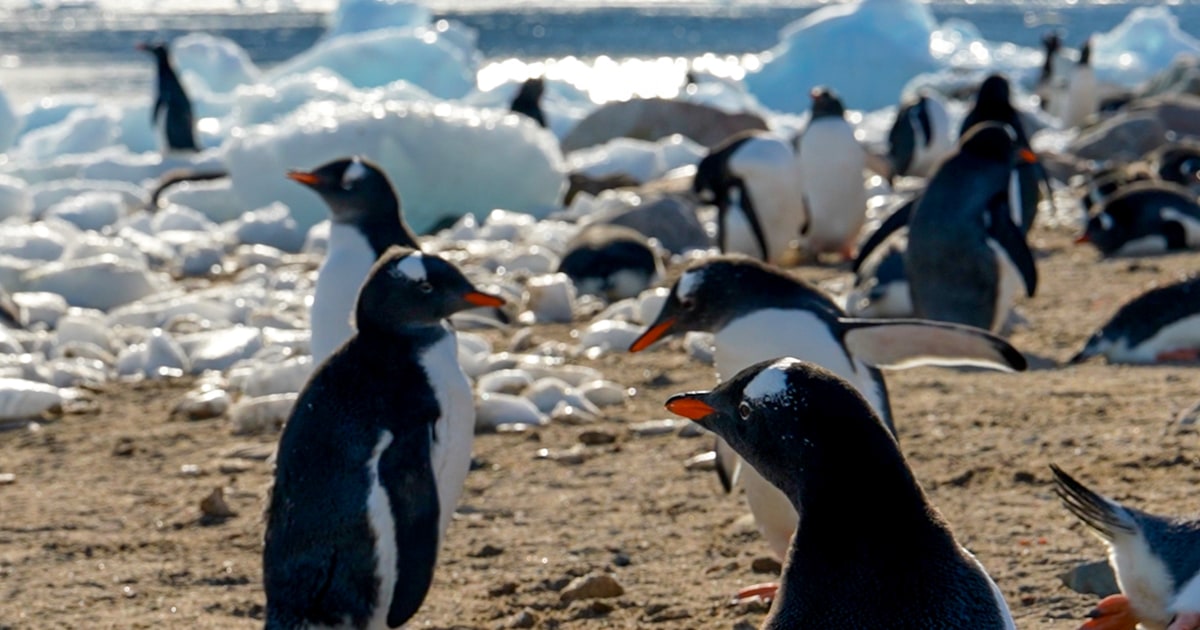Moon lovers have a reason to celebrate this week.
A full moon on Tuesday will coincide with a partial lunar eclipse, giving people in North America, South America, Africa and Europe a chance to see part of the moon’s surface obscured by Earth’s shadow.
A partial lunar eclipse occurs as Earth passes between the moon and the sun, creating a celestial alignment that blocks sunlight from hitting the lunar surface.
Tuesday’s event will feature September’s full moon, which is known as the harvest moon because it is often associated with harvest time in the Northern Hemisphere, according to NASA.
It will also be a supermoon, because the moon will be at its closest point to Earth in its elliptical, 27-day orbit. When a full moon happens to occur at the same time as its closest approach to Earth, it appears slightly bigger and brighter than the average full moon, which is why it is known as a “supermoon.”
The partial lunar eclipse will begin Tuesday evening at 8:41 p.m. ET, when the moon starts entering part of Earth’s shadow. Even with good weather and clear conditions, the dimming effect will likely be tricky to see until the top edge of the moon becomes obscured at around 10:13 p.m. ET, according to NASA.
The eclipse will peak at 10:44 p.m. ET, when roughly 8% of the moon’s surface will be in full shadow. This will come about 10 minutes after the moon becomes full at 10:35 p.m. ET.
After the peak of the eclipse, the moon will begin exiting Earth’s shadow, ending early Wednesday at around 12:47 a.m. ET.
Unlike with solar eclipses, there’s no need to wear protective eyewear when watching a lunar eclipse and it can be viewed safely with the naked eye.

 9 months ago
9 months ago
 (200 x 200 px).png)








 English (US) ·
English (US) ·